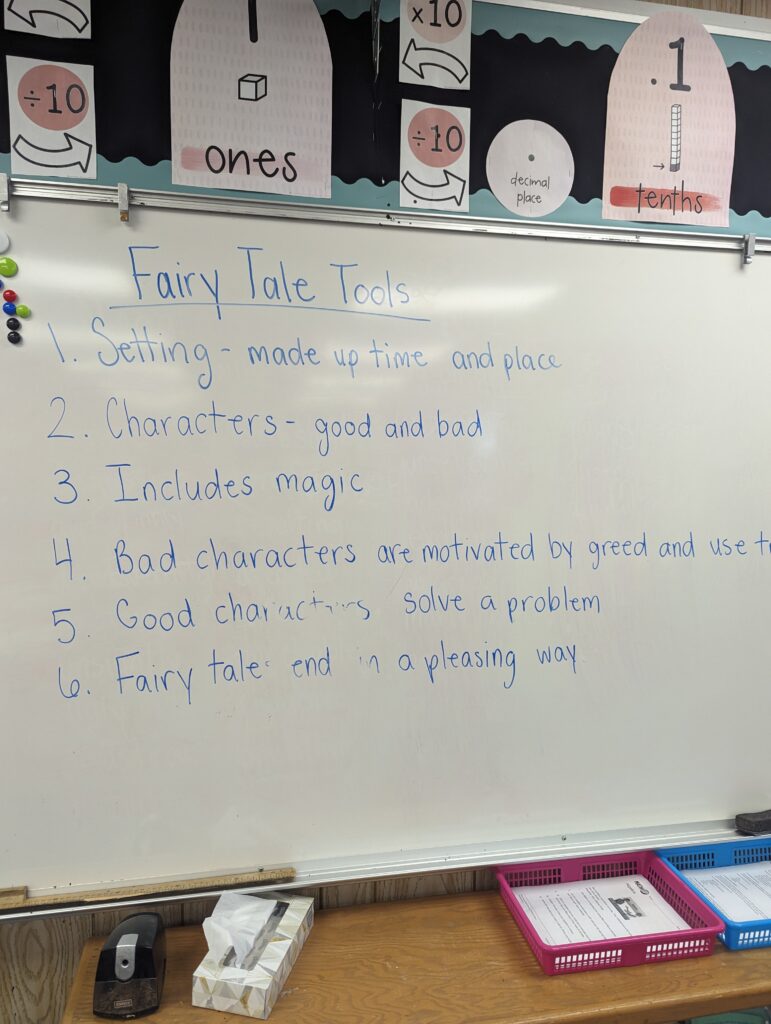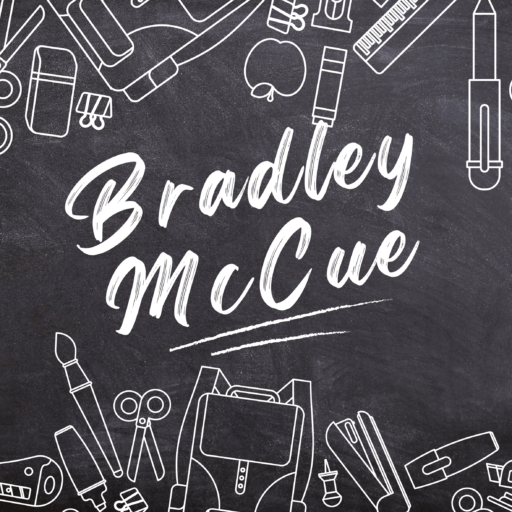This semester, I was able to be included in a variety of classrooms, and in the second classroom I spent time in this semester, which was a grade 5/6 split, I was able to witness a few fantastic things regarding literacy, including the time spent in the library wherein students were allowed to engage with graphic novels and then begin the process of how to write them. The students were given three panels of a comic with action in them, and then using the prompted actions, they had to continue the story to completion. I saw a lot of students getting creative and trying to build genuine narratives around the stories.

This activity I felt allowed the students to express themselves in a manageable environment and gave them creative liberty over a story. I think this is so amazing, and it’s so fantastic that schools have been teaching more and more unique ways to engage with literacy, such as comics and graphic novels, as one of the BC Curriculum’s Big Ideas is that “Texts can be understood from different perspectives.” Showcasing how each individual may learn differently, and allowing multiple different avenues for learning will help to keep students from falling behind. If you look deeper into the Grade 5 English curriculum, you can see in content that graphic novels are explicitly mentioned: “Oral, written, and visual elements can be combined (e.g., in dramatic presentations, graphic novels, films, web pages, advertisements).” Going even a step further, we can solidify this type of learning through the curriculum even further, as under curricular competencies, it states that students should be able to “Use writing and design processes to plan, develop, and create texts for a variety of purposes and audiences.” This all being said, the students had a great time with the project, but a few of them struggled a little to stay on task, but with some prompting, most of the students were able to come up with clever conclusions to the prompted stories. This can all be connected to the First People’s Principal of Learning as well, showcasing that “Learning is embedded in memory, history, and story.”

The second project we were able to observe during our time in this classroom was one on crafting fairytales. The instructor gave the overall basics to the class, outlining the most important parts of a fairytale:
- Setting: Made up time and place
- Characters: Good and bad
- Includes Magic
- Bad characters are motivated by greed
- Good characters solve a problem
- Fairytale ended in a pleasing way

The students were instantly eager to give examples of fairytales they knew that fell into this category. So the instructor wanted to discuss what a fractured fairytale is, and discussed how a fractured fairytale is an amended version of a fairytale to display a different viewpoint to the story or themes. To illustrate this, the instructor read the book “The True Story of the 3 Little Pigs” to showcase how a classic fairytale can be told from a different perspective. This was such a great way to kickstart the students’ minds. Afterward, the students then engaged in the planning phase of their very own fractured fairytales. I went around and spoke with the students about their ideas, and they had so many good ways to twist it, but my absolute favourite was a student who wanted to create his story around Batman, eventually landing on a variation of Cinderella starring Batman. In my opinion, that is a genuinely funny joke.

This activity was fantastic and had the students collaborating and brainstorming different wacky ideas for their fairytales. Simply put, I think this lesson, given the outcome, falls under the Big Idea that “Language and text can be a source of creativity and joy.” I really believe in this one, because if you could see the glee on these kids’ faces as they began creating their fractured fairytales, there would be no question. Under the content portion, I believe this lesson falls under “Written texts include novels, articles, and short stories.” and under curricular competencies it is stated that students should be able to “Use writing and design processes to plan, develop, and create texts for a variety of purposes and audiences”. This truly was a fantastic lesson, and it could certainly be extended to include multiple work periods for the students to gauge and perfect their stories, which I am certain it was. This lesson and the continuation of it are certainly one I’ll be keeping in my back pocket!

